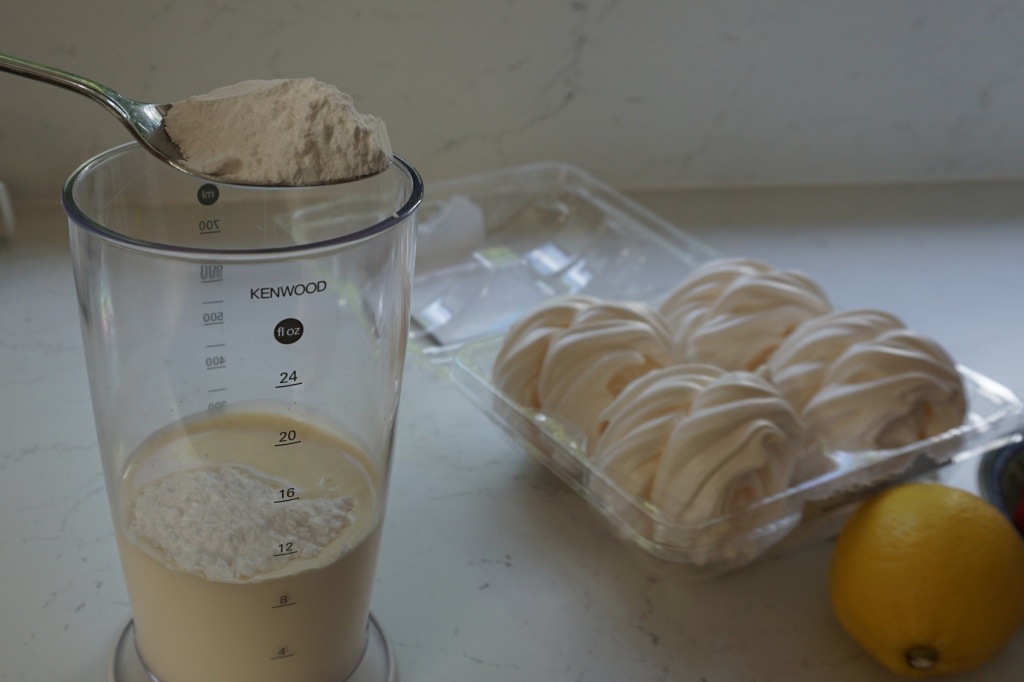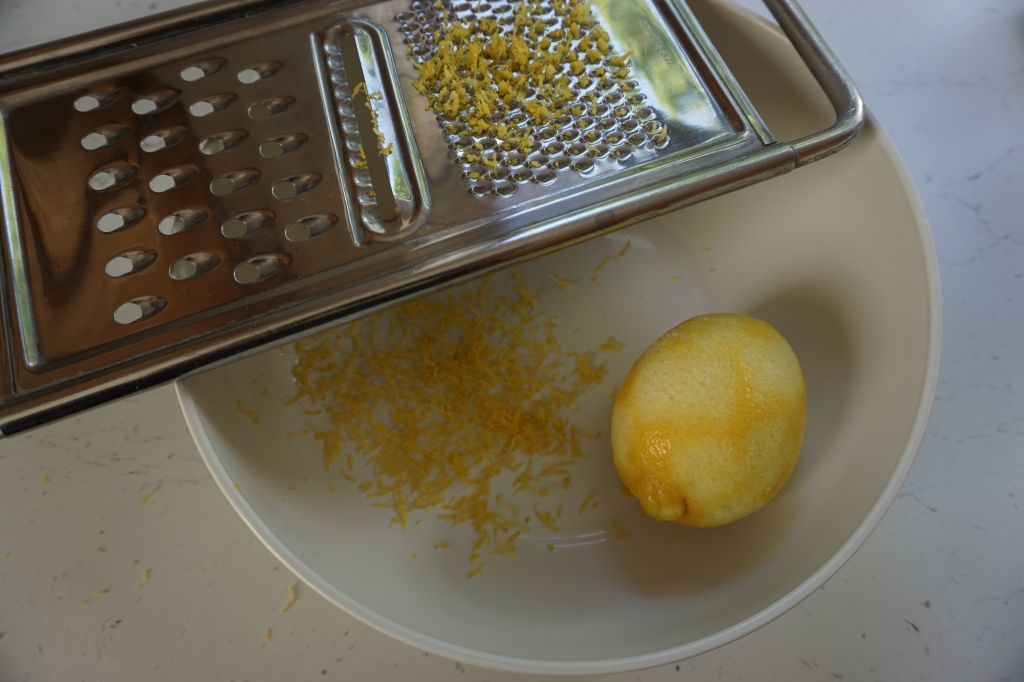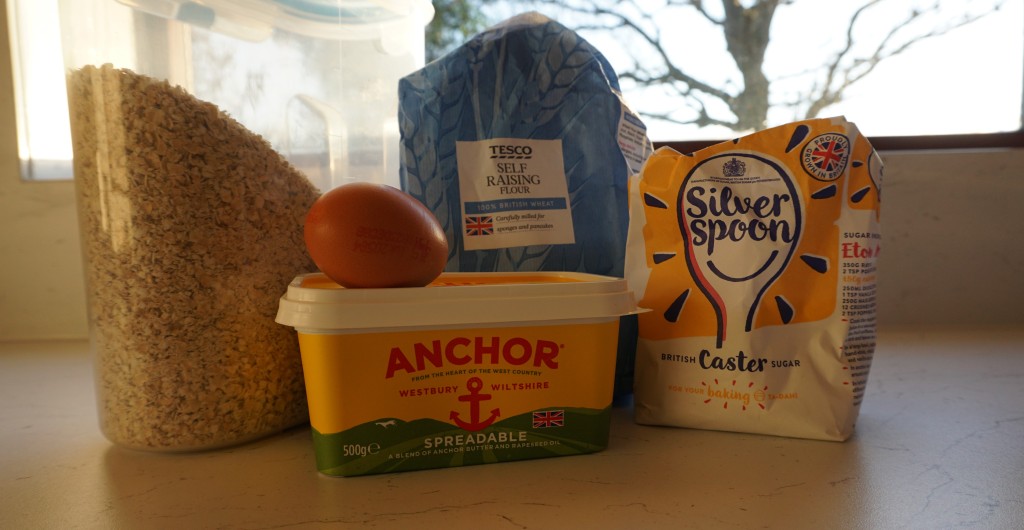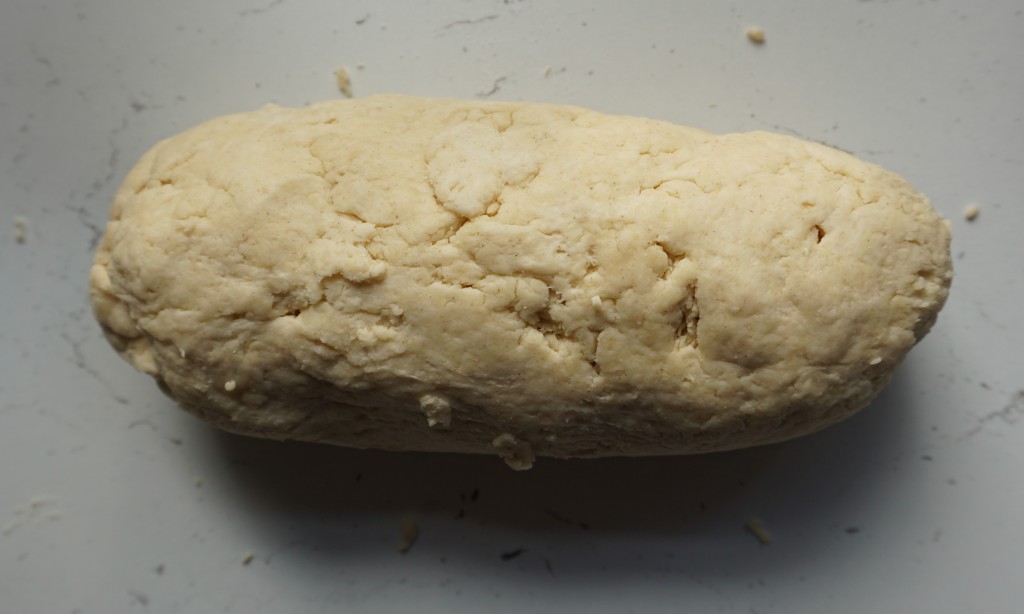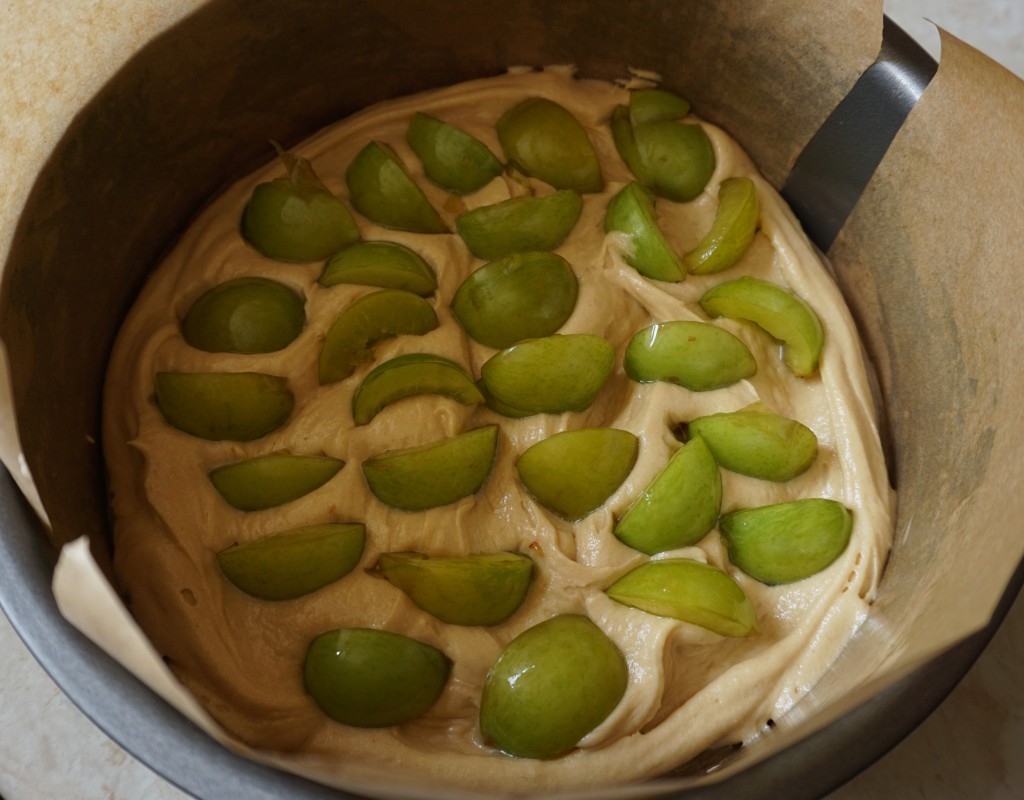My grandson loves glace cherries so I made these cherry slices for him. He is coming to play tomorrow so I prepared these specially for him.
Ingredients

- 3 oz plain flour
- 1 oz caster sugar
- 2 oz butter
- 3oz glace cherries
Topping
- 2 oz butter
- 2 oz caster sugar
- 1 egg beaten
- 2 oz ground almonds
Method
Set the oven to 170C fan, 190C or 375F
Line and grease the base of a shallow tin – approximately 12 x 4 inches or an 8 inch round tin.
Put the flour into a bowl, add the sugar and mix together. Rub in the butter until the mixture binds together.

Press into the tin in an even layer. Place the halved or quartered cherries evenly over the base.
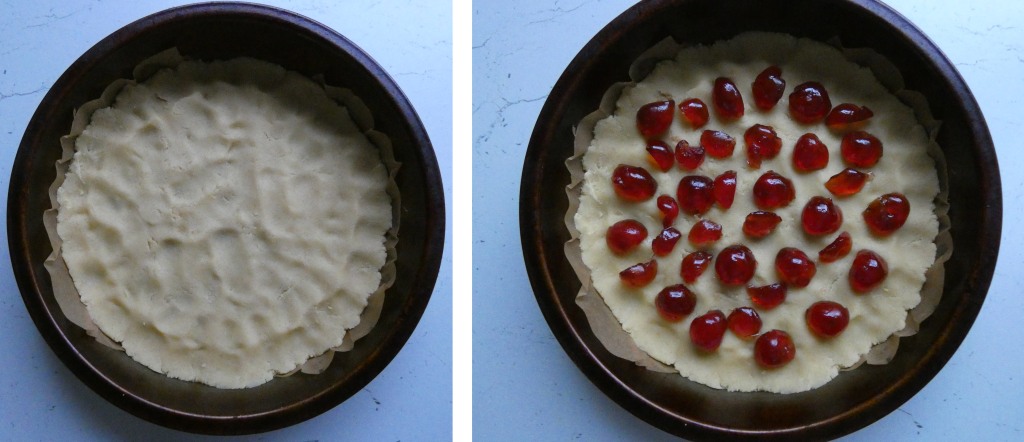
Make the topping by creaming the butter and sugar together until light and fluffy.

Add the egg a little at a time, beating really well.

Fold in the ground almonds.

Spread the mixture evenly over the cherries.

Place in the oven for about 35 minutes until the cake is set and golden brown. Cool on a wire rack.

Cut into pieces when cold. This can either be eaten as a cake or with thick cream or ice cream as a dessert.

Enjoy!
Adapted from Good Housekeeping Easy-stages Cook Book 1972




